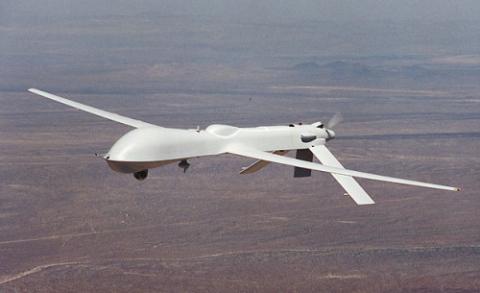Unmanned Aerial Vehicles: Prospects and Problems
Utilities of UAVs
- Drones can be used in remote sensing and its applications in Agriculture.
- Commercial and military aerial surveillance.
- Motion picture manufacturing and other film industries.
- Oil and gas and other mineral explorations.
- Disaster management and relief.
- Real estate and construction.
- Recreational used.
- Commercial delivery of products and services.
- It can also uses in attacking enemy targets.
- Archaeological surveys
- Drones also have had an enormous effect in the field of 3D geographic mapping.
- Drones have a lot of potential in terms of law enforcement by hovering around locations without drawing much attention from the people.
- Can utilise in conducting safety inspections.
- Ecological conservation and wild life monitoring.
- Weather forecasting
Present status of the UAV sector in India
- The customer focused innovation and technology and the rise in demands for UAVs for surveillance, civil and commercial application has triggered the growth.
- India has both commercial and military applications for UAVs.
- The demand for UAVs can push greater investments in the sector thereby produce employment opportunities.
- Due to the high prices, the end users are mostly from non-commercial users.
- The urgent need of the hour is to have a dedicated and comprehensive policy for the UAVs in India.
- The security concerns over the unregulated usages of UAVs still persist in India.
- Most of the initiatives in developing commercially viable drones in India are undertaken by the private entities.
Recent policy of commercial drones
- Civil aviation regulator Directorate General of Civil Aviation (DGCA) announced a licensing regime for the commercial use of remotely piloted aircraft systems, that is, drones.
- The policy made Drones as the identified flying objects.
- Businesses across industries ranging from real estate developers to power producers in India will be able to use commercial drones for monitoring, and shipping and delivery operations from 1 December as the government unveiled a landmark policy.
- The step could help substantially lower the cost of operations at various industries.
- These include aerial photography of real estate projects by companies, monitoring equipment at wind and solar power plants, precision delivery of fertilizers, disaster relief, mineral exploration and shipping mail.
- Initially, drones will be permitted to operate only within sight and during the day, with a maximum altitude of 400 feet.
- Small drones—those in the nano category, weighing less than or equal to 250 gm and operating below 50 feet, as well as those in the micro category, weighing between 250 gm and 2 kg and operating below 200 feet—do not need registration.
- Drones won’t be permitted in certain no-fly zones such as airports, state secretariat complexes and military installations.




Comments
Post a Comment